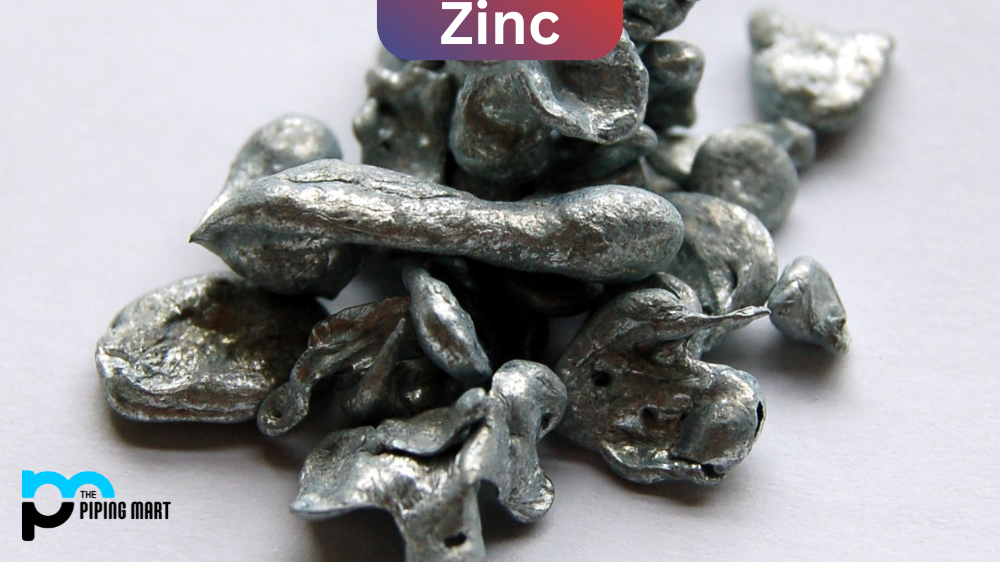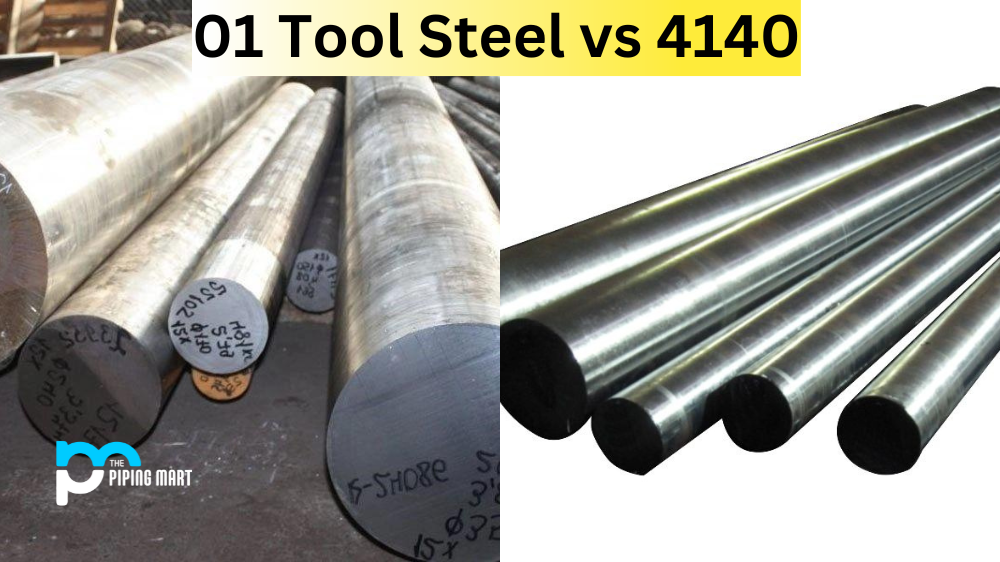Zinc is an essential trace element used by the body for many different functions, but did you know that zinc is not a transition metal? This may come as a surprise to some since zinc often finds itself in conversations about metals and alloys. So why isn’t zinc considered a transition metal? Let’s take a closer look at what makes zinc special.
First, let’s define what we mean by “transition metal.” A transition metal is an element found in the d-block of the periodic table. This includes elements like iron, nickel, copper, cobalt, and palladium. Transition metals are known for their high electrical conductivity and heat resistance and are widely used in industrial processes. In contrast to these elements, zinc has lower electrical conductivity and heat resistance properties.
The main reason why zinc cannot be classified as a transition metal is because of its chemical properties. Transition metals have multiple oxidation states due to their partially filled d orbitals; this allows them to form complex ions with other elements. Zinc does not have partially filled d orbitals; instead, it only has one oxidation state (+2). As such, it cannot form complex ions with other elements like most transition metals can. Furthermore, unlike most transition metals which form cations in their compounds (positively charged ions), zinc forms anions (negatively charged ions) when reacting with certain elements. This further sets it apart from other transition metals on the periodic table.
Uses of Zinc
Despite not being considered a transition metal itself, zinc still has many uses in industry and everyday life. For example, it is used in galvanizing steel to protect it from corrosion (rusting). It is also added to paints and coatings for buildings and cars for protection against rust as well as for aesthetic purposes (to give them color). Finally, it is also used as an alloying agent when making brass or nickel silver since these alloys require copper and zinc to make them stronger than copper or zinc alone. Furthermore, the human body needs small amounts of zinc for normal functioning; this means that dietary supplements containing zinc are often prescribed for people who are deficient in the mineral or who need larger doses than usual due to medical conditions like Crohn’s disease or sickle cell anemia.
Physical Properties
In addition to its lack of chemical properties, zinc has some distinct physical properties that set it apart from other metals on the periodic table. For example, zinc has one of the lowest melting points out of all metals – with temperatures reaching only 420℃ (788℉). It also has an incredibly low density compared to other metals – making it lighter than air when solidified! Finally, zinc can be found in liquid and solid forms at room temperature, which most other metals cannot do.
Conclusion:
Zinc may look like any other element on the periodic table at first glance—but looks can be deceiving! Despite its metallic appearance on the periodic table among other transition metals like iron and cobalt, it has unique chemical properties that set it apart from its peers. It does not have multiple oxidation states, nor can it form complex ions—both qualities that are required of true transition metals—which is why we classify it separately from them on the periodic table today! Nevertheless, despite not being classified as a transition metal, zinc still has plenty of useful applications in industry and everyday life due to its unique properties! This article provided just a brief overview of why zinc isn’t considered a transition metal—there’s much more out there if you’d like to learn more about this interesting element!

Pipingmart is a B2B portal that specializes in metal, industrial and piping items. Additionally, we share the latest information and information about materials, products and various types of grades to assist businesses that are involved in this business.




